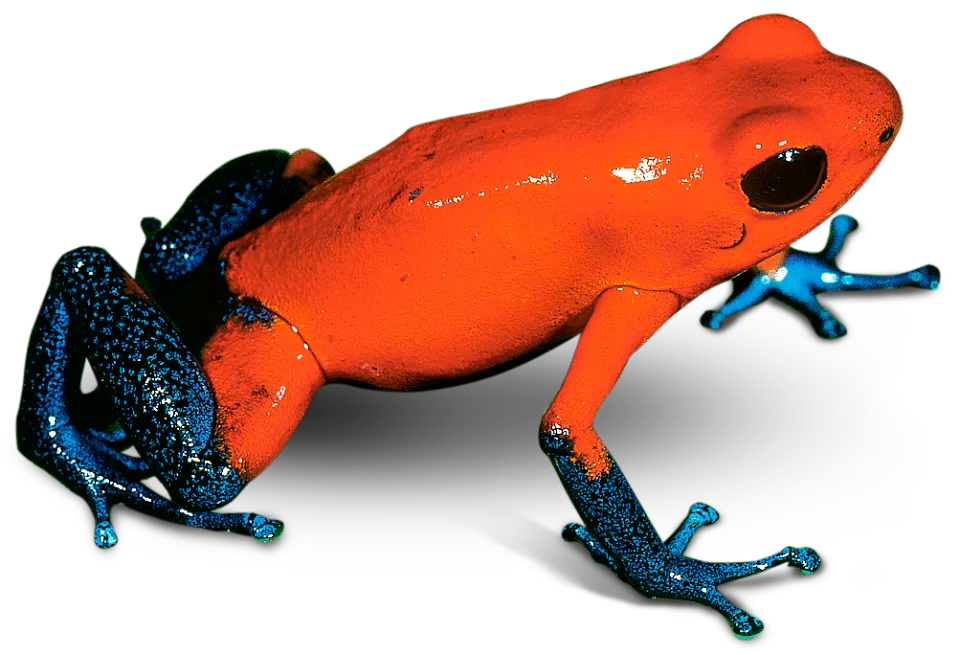Amphibians
List of Amphibians

Amphibians are a group of cold-blooded vertebrate animals that inhabit both aquatic and terrestrial environments. They include frogs, toads, salamanders, and newts. Amphibians are known for their unique life cycle, transitioning from an aquatic larval stage to a semi-terrestrial or fully terrestrial adult stage.
One of the defining characteristics of amphibians is their ability to undergo metamorphosis. Most amphibians start their lives as aquatic larvae, typically hatched from eggs laid in water. These larvae, such as tadpoles in frogs and toads, have gills for breathing underwater. As they mature, they undergo metamorphosis, developing lungs and limbs that allow them to live on land as adults.
Amphibians have moist, permeable skin that allows for gas exchange. Some species can also breathe through their skin, which makes them susceptible to changes in environmental conditions, particularly air and water quality. Their skin is often smooth and glandular, providing a variety of defense mechanisms and aiding in respiration.
Amphibians have a wide range of habitats, including rainforests, wetlands, deserts, and even high-altitude environments. Many species are dependent on water sources for breeding and lay their eggs in aquatic environments. However, some amphibians have adapted to more arid conditions and have unique reproductive strategies, such as direct development where eggs develop directly into miniature versions of adults without a larval stage.
Most amphibians are carnivorous, feeding on a diet of insects, small invertebrates, and even other amphibians. Their diet plays a significant role in controlling insect populations and maintaining ecological balance in their habitats.
Amphibians are an important part of food webs and ecosystems. They serve as both predators and prey, contributing to the overall biodiversity and functioning of their habitats. They also play a role in nutrient cycling and are indicators of environmental health, as their sensitivity to environmental changes makes them useful bioindicators.
Amphibians face numerous threats, including habitat loss, pollution, climate change, and disease. Many species have experienced population declines and are considered endangered or threatened. Conservation efforts are essential to protect amphibians and their habitats, ensuring their survival for future generations.
Amphibians have long fascinated humans. Their unique life cycle, diverse adaptations, and vocalizations have captivated people around the world. Amphibian conservation efforts and public awareness are crucial for preserving these remarkable creatures and the vital roles they play in ecosystems.
In conclusion, amphibians are a diverse and fascinating group of animals that bridge the gap between aquatic and terrestrial environments. Their adaptability, unique life cycle, and ecological significance make them a vital component of our natural world.
| African Bullfrog African Clawed Frog African Tree Toad American Toad Argentine Horned Frog Bullfrog Burrowing Frog Caecilian Common Frog Darwin’s Frog Desert Rain Frog Edible Frog Fire Salamander Fire-Bellied Toad Frog Giant Salamander Glass Frog Goliath Frog Gray Tree Frog Green Frog Green Tree Frog Holy Cross Frog Leopard Frog |
Mantella Frog Marine Toad Marsh Frog Monte Iberia Eleuth Mudpuppy Natterjack Newt Oak Toad Olm Oregon Spotted Frog Poison Dart Frog Pool Frog Red-Eyed Tree Frog Salamander Scrotum Frog Sehuencas Water Frog Spadefoot Toad Striped Rocket Frog Tiger Salamander Tree Frog Turtle Frog Wood Frog Wyoming Toad |


